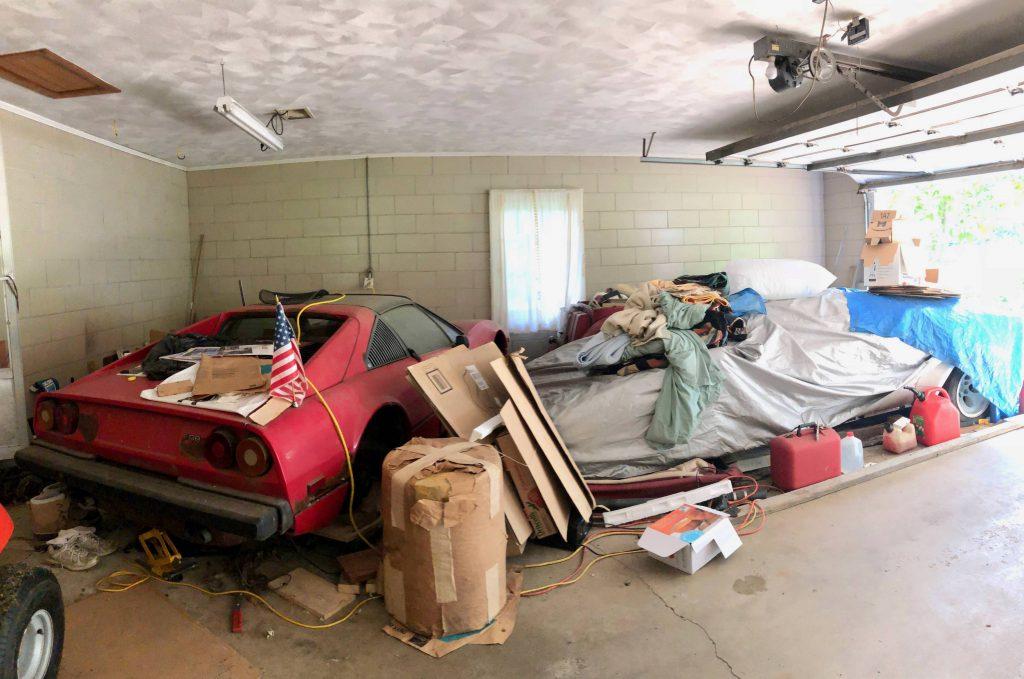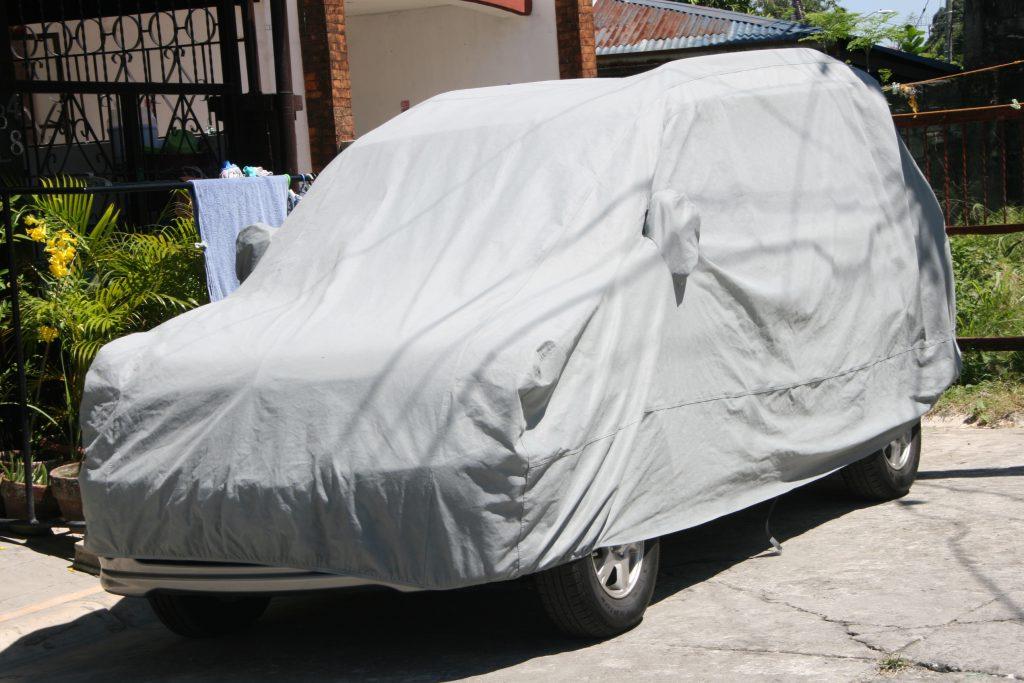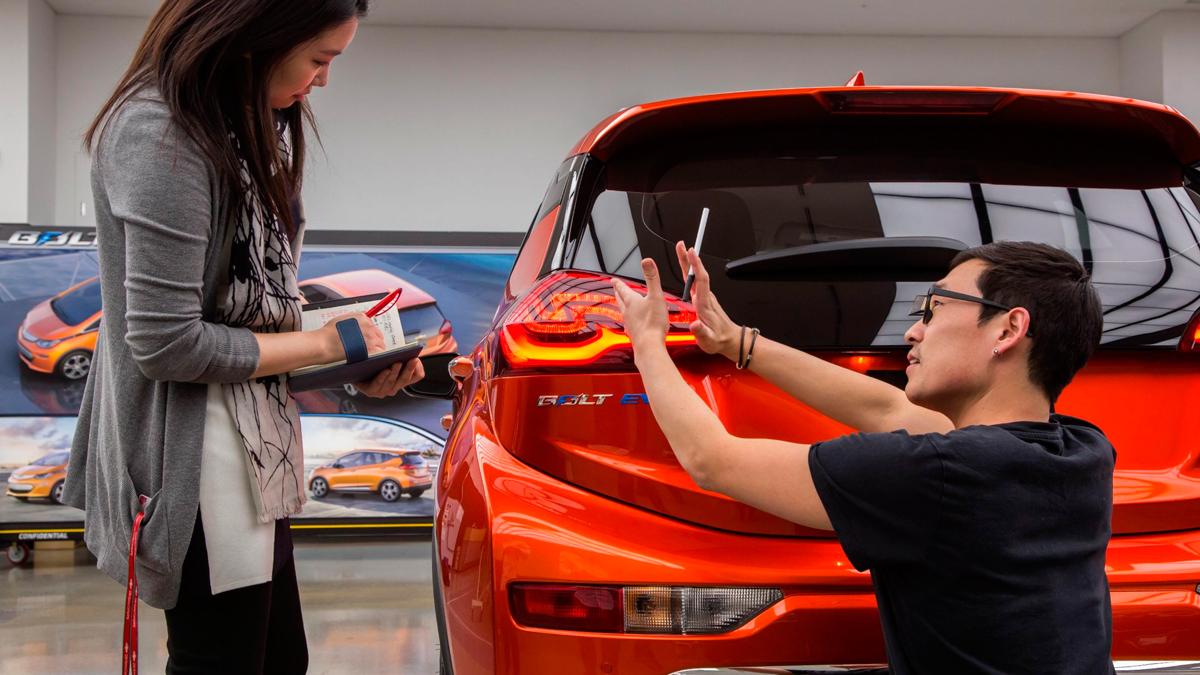Storing a Car for 6 Months: Know the Risks and Learn Some Tips to Save It
Keeping your automobile unused for a long time can lead to several pesky issues with its different parts. But, we have to do that sometimes because of a long vacation, the extremely cold winter months, or some other reasons. If you are storing a car for 6 months, there are certain possible measures to take to keep it running well once you return to driving it.
How Long Can You Leave a Car without Driving?
If you plan to simply park your car in the garage and walk away, be ready for an unpleasant surprise upon coming back, even if it’s just a couple of weeks. How long a car can sit without starting depends on the condition of the garage and how well you take precautions to mitigate the possible problems.
There is no authenticated timestamp to say for sure how long can a car sit without being driven. It’s a good idea to take it down the road at least once a month for a 20-minute drive and longer during the winter. Doing so keeps the fuel tank, battery, tires, and everything else in a good, healthy condition. If it’s not feasible to drive at all for five or six months, predict everything that could go wrong and prepare accordingly.

What Happens When Storing a Car for 6 Months?
The most common problem encountered in an unused car is a flat spot on the tires. They go flat on one side to carry the weight of the car for an extended period.
A major concern when storing a car for 6 months or so is the draining of the car battery. It dies eventually due to parasitic draining. The inside of the fuel tank of an unused car is likely to start rusting and the paint job might degrade.
If the handbrake is kept engaged, the brake pads may get stuck to the discs or drums over a long period. However, the least expected yet the most horrible problem could be a critter invasion. Mice can chew away anything from the upholstery to the wires in the engine.
Read more:
6 Precautions to Take Before Leaving the Car in Garage
Taking some timely actions will save you from a visit to the repair shop and paying a boatload of money for costly repairs. Take these precautions when you have to store the car for several months.
1. Use old tires
Another part to take care of when your car is not going for 6 months is the tires. Affected car tire pressure puts pressure on the rubber surface, on the floor, and on the parking lot, which can easily cause deformation. Avoid dealing with flat tires by replacing them with old ones. Just change them back when you start driving again. If using older ones is not an option, inflate all your tires to the maximum. Putting them on Styrofoam or tire cushions will provide adequate support for storing a car for 6 months.
2. Disconnect the battery
When a car is left unused for a long time, the battery is the part that is most susceptible to damage and malfunction. If you do not start for a long time, the power inside the car battery will be lost. To avoid this unwanted loss, car owners need to pay attention to turning off unnecessary electrical equipment in the car such as radios, phone chargers, etc. When the car is finished cleaning, it is recommended to remove the negative battery terminals. It will save you costly repairs after a long break in driving. Alternatively, you can use a trickle charger to avoid battery complications.
3. Prevent rusting in the fuel tank
You can do it by using a fuel system stabilizer along with freshly filled high-grade fuel. Then, run the car for a good 20-30 kilometers to make sure it’s mixed well and spread throughout the tank. Seal the tank properly and use up the mixed fuel quickly after returning.

4. Save the paint
Spray waxing the body of the car is a smart step if the storage area is humid. The easiest step is to wrap the car up with a well-fitting car cover. Keep the car windows slightly open before doing so to counter mildew collection and bad smells.
5. Keep the critters away
Use rags or pieces of discarded towels to block entry points for critters, especially rodents. To be extra careful, keep mothballs around the perimeter of the car and use dryer sheets inside.
6. Shouldn’t use parking brakes and insert the tires
It’s a good method to use when you keep your car in storage for a long time. Cars that are not used for a long time are prone to rusting on the surface of the brake discs, brake pads, and locking. When putting the car into operation after 6 months, drivers need to carefully check the performance of the brake system. Note that you should not use the parking brake immediately, but should press the foot brake 3-4 times to preliminarily check the brakes. If the foot brake is elastic, then the car brake works normally, in the opposite situation, it is necessary to contact a technical staff to avoid unintended incidents.
Learning about the vehicle storage for a long term in this video:
The Final Words
Following these basic steps will make sure you do not incur expensive repair costs after a long break in using the vehicle. It’s always a good idea to consult your mechanic for additional tips and prescriptions before you leave. They can give you more specific guidelines.














